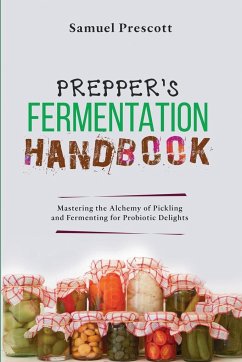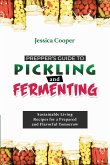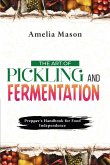An explanation of the benefits of pickling and fermentation Food has been preserved for ages through the use of pickling and fermentation. These methods involve adding salt, vinegar, or naturally existing microorganisms to produce a distinctive and tasty end product while extending the shelf life of fruits and vegetables. Pickling and fermenting have regained popularity recently, not only as methods of food preservation but also because of the possible health advantages they may provide. This essay will examine the science of pickling and fermentation as well as the potential health advantages of eating foods that have been preserved in this way. It's crucial to comprehend the science underlying pickling and fermentation before delving into their health advantages. Food is preserved through the process of pickling in a brine solution that is commonly produced with salt, vinegar, and water. The food may be kept for a long time because of the acidic environment this solution generates, which stops the formation of dangerous bacteria. Contrarily, fermentation is a natural process whereby bacteria, yeast, or other microorganisms are used to break down glucose and turn them into lactic acid. This produces a tart, acidic flavor as well as acting as a natural preservative. Pickling and fermentation have advantages that go beyond food preservation. Some foods' nutritional content can even be increased by the fermenting process. For instance, fermenting vegetables to make sauerkraut or kimchi might improve the bioavailability of minerals like iron and calcium as well as the vitamins C and K. This is so that the cellulose in the vegetables may be broken down by the bacteria found in fermented meals, making these nutrients easier for human bodies to absorb.








